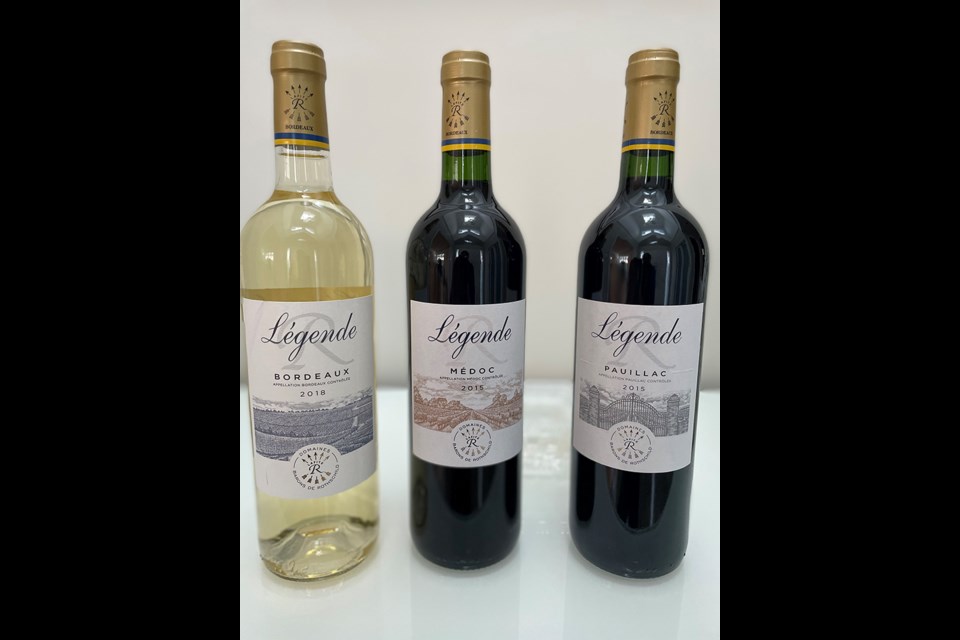Chateau Lafite is one of the best known and most expensive wines in the world. Wine visits to Chateau Lafite are by invitation only, but I had the good fortune of knowing some nice people who allowed me to tag along with them on their private tour of this winery a few years ago.
Chateau Lafite is one of five first growth wines in the 1855 Classification System. My experience is that a bottle of Chateau Lafite stands out from other wines because of its elegance. It is powerful but also mellow. It has a silky feel and makes you feel like you are sipping hot chocolate around a warm fireplace after you have been out in the cold. It is very floral and has rich dark fruit aromas. On the palate, it has great balance of fruit, tannins and acidity. Chateau Lafite is never overpowering, but never underwhelming. And the longer you keep a Lafite, the better it gets, developing tobacco, leather, graphite and earthy aromas and tastes.
Chateau Lafite is the flagship winery of the Rothschild family. The Rothschild family owns many other Bordeaux wineries, including a 5th growth wine called Duhart Milon. The winery is located in the Pauillac region and is considered a Left Bank wine.
Chateau Lafite is a fairly large winery covering 110 acres. The vineyard is planted with 70-per-cent Cabernet Sauvignon, 25-per-cent Merlot, three-per-cent Cabernet Franc and two-per-cent Petit Verdot grapes. These grapes are all used in the blend to make Chateau Lafite each year, although the exact blend varies from year to year, depending on the ripeness and characteristics of each grape variety.
The average age of vines planted at Chateau Lafite is 50 years old. In general, older vines produce more complex flavours in the grapes that are used to make a wine. Likewise, the soil at Chateau Lafite has many layers, ranging from pebbles, fine pebbles, limestone, clay to sand. Again, this is important, as with different types of soil, different flavours are imparted into the grapes that are used to make the wine.
The grapes used to make Chateau Lafite are handpicked by 300 people each year. These pickers do this annually so they become experts at selecting the ripest grapes. Once the grapes are sorted, only 30 to 40 per cent of grapes end up being used in Chateau Lafite. Chateau Lafite uses 100-per-cent new oak barrels to age their wines.
On the day that we visited Chateau Lafite, we were served the 2004 vintage to taste. They opened the bottle for us in their cellar, where they keep all their wines while they are aging, so the glass of wine was a welcome beverage in the cold environment. The wine was peppery on palate with dark cassis and licorice flavours. The wine had good acidity and vibrancy with herbal aromas on the nose. There are really no bad vintages of Chateau Lafite produced.
If you ever get a chance to taste a Chateau Lafite, don’t miss out.
For this article’s recommendation, I am not recommending Chateau Lafite, which sells for well over $1000 a bottle. But the Rothschild family does produce a line of affordable Bordeaux wines under the Legende label. These wines are intended to be an introduction to Bordeaux wine and are to be enjoyed right away without aeration. They are available in B.C., but only infrequently. They start at around $25, and if you see them in stores, make sure you snap them up. Until next time, happy drinking!
Tony Kwan is a lifestyle writer. Lawyer by day, food and wine lover by night, Tony aims to give you an insider’s guide to the best that life has to offer.



